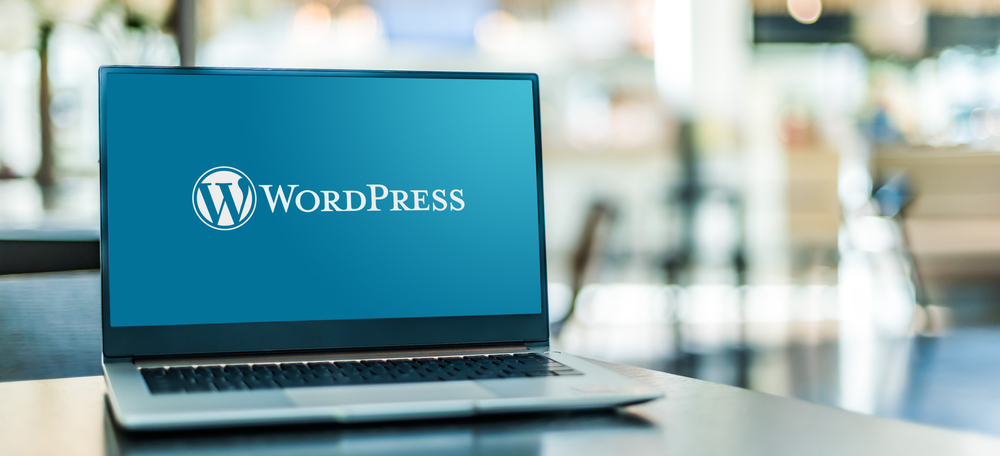
WordPress is undoubtedly one of the most popular content management systems (CMS) in the world. It empowers millions of websites, from simple blogs to complex e-commerce platforms. Its flexibility, user-friendly interface, and extensive customization options make it a preferred choice for both beginners and experienced developers. In this article, we will delve into essential tips for mastering WordPress (the platform for bloggers) customization and maintenance, ensuring that your website stands out in the online realm.
1. Choose a Reliable WordPress ThemeWhen it comes to WordPress customization, the theme you choose plays a crucial role. The right theme can enhance the overall look and functionality of your website. There are thousands of free and premium WordPress (the blogging platform) themes available, each catering to different industries and design preferences. Before making a selection, consider your website's objectives, responsiveness, customization options, and user reviews. Take time to test various themes and pick the one that best aligns with your brand identity and goals.
2. Customize Your WordPress Theme
Once you have chosen a WordPress theme, it's time to make it your own. Customization is where WordPress truly shines. From adjusting colors and fonts to modifying layouts and adding custom elements, WordPress allows you to personalize your website to reflect your brand's uniqueness. Utilize the built-in theme editors or leverage CSS coding to make more advanced changes. Furthermore, explore WordPress (or WP) plugins that add additional functionality to your theme, such as sliders, social media integrations, or contact forms.
3. Optimize Your Website for Speed
In today's fast-paced digital world, users have little patience for slow-loading websites. Page speed not only impacts user experience but also influences search engine rankings. WordPress offers several optimization techniques to enhance website performance. Start by selecting a hosting provider that specializes in WordPress (WP) hosting. Compress and optimize images, utilize caching plugins, and minify CSS and JavaScript files to reduce load times. Regularly audit and remove unwanted plugins and optimize your database to ensure smooth and swift navigation.
4. Keep Your Plugins and WordPress Core Updated
Security is paramount in the online world, and WordPress continuously releases updates and patches to fix vulnerabilities and bugs. To maintain a secure website, it's vital to keep your plugins, themes, and WordPress core up to date. Regularly check for updates in the WordPress dashboard and install them promptly. Outdated plugins or themes can create potential security risks, compromising your website's integrity and exposing it to potential attacks.
5. Take Regular Website Backups
Accidents happen, and being prepared is essential. Imagine spending hours customizing your WordPress website, only to lose all your hard work due to a server failure or a hacking attempt. To avoid such disasters, a reliable backup system is indispensable. WordPress offers various backup solutions, including plugins and manual methods. Select a backup strategy that suits your needs and schedule regular backups to safeguard your website data. Additionally, store backups in secure locations, such as cloud storage or remote servers.
6. Leverage SEO Best Practices
Search engine optimization (SEO) is vital to increase your website's visibility and attract organic traffic. Thankfully, WordPress provides several SEO-friendly features right out of the box. Utilize SEO plugins such as Yoast SEO or Rank Math to optimize your content, meta tags, and XML sitemaps. Craft compelling and keyword-rich titles and meta descriptions to improve click-through rates from search engine result pages. Additionally, focus on creating high-quality content that adheres to SEO best practices, such as proper keyword usage, informative headings, and easy-to-read formatting.
Frequently Asked Questions:
Q1: Can I use WordPress for an e-commerce website?A1: Absolutely! WordPress offers powerful e-commerce solutions like WooCommerce, allowing you to create and manage an online store easily.
Q2: Are WordPress themes customizable?
A2: Yes, WordPress themes are highly customizable. You can modify colors, fonts, layouts, and even add your own CSS coding to tailor your website's appearance to your liking.
Q3: Can I switch themes after I have customized my WordPress website?
A3: Yes, you can switch themes without losing your customizations. However, some elements may need to be reconfigured to fit the new theme's structure.
Q4: How often should I update my plugins and WordPress core?
A4: It is recommended to update your plugins and WordPress core as soon as updates become available. Regular updates help ensure the security and stability of your website.
Q5: Should I use free or premium WordPress plugins?
A5: Both free and premium plugins offer their advantages. Free plugins often provide basic functionality, while premium plugins offer more advanced features and dedicated support. Choose based on your specific requirements and budget.
In conclusion, mastering WordPress customization and maintenance is essential for building a successful and resilient website. Selecting the right theme, customizing it to represent your brand, optimizing for speed, keeping everything updated, taking regular backups, and leveraging SEO best practices are all crucial steps in ensuring a thriving online presence. With WordPress, you have endless possibilities for customization, making it a powerful tool for website owners, designers, and developers alike.
Other useful resources
- https://www.wordpress24plus.com/services/
- https://www.wordpress24plus.com
- https://www.wordpress24plus.com/services/wordpress-developer/
- https://en.wikipedia.org/wiki/Blog
